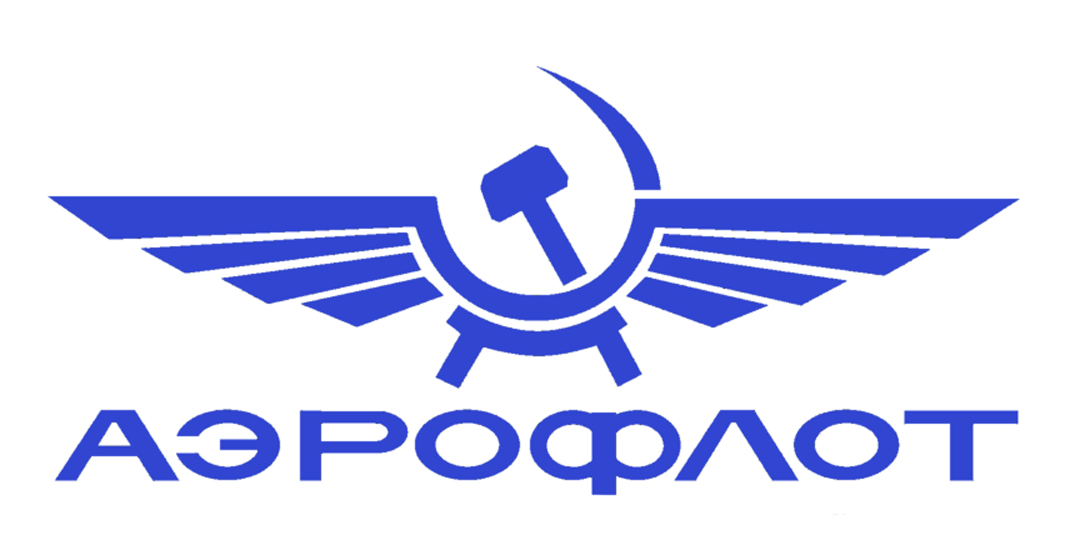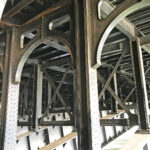February 10, 2023. Aeroflot Centennial.

We’re not supposed to say nice things about the Russians these days, but congratulations to Aeroflot. The Russian carrier celebrated its 100th birthday last week, and joins the short list of airlines (KLM, Avianca, Qantas) to hit the centennial mark.
Most people don’t remember that in its ’60s and ’70s heydays, Aeroflot was by far the largest airline in the world, carrying roughly as many passengers as all of the U.S. majors combined. With the breakup of the Soviet Union it fragmented into dozens of independent airlines, but a core Aeroflot was kept intact, and it remains today the de-facto national carrier of Russia. It’s not the airline it used to be, but a hundred years is a hundred years. So happy birthday to one of history’s oldest and most storied airlines.
What I love best is that they’ve maintained their beautiful, communist-era hammer and sickle logo. Sure it’s anachronistic, but it’s a classic. “Iconic” is one of the most overused English words these days, but here it’s apropos.

I flew Aeroflot on a couple of short routes — Helsinki to Moscow, and then up to Leningrad — in 1986. These were still Soviet times, and the planes were Tupolevs. I have no photos from those flights because passengers weren’t allowed to use cameras.
Russian fleets are predominantly Boeings and Airbuses these days, but in earlier decades it was all Soviet jets. The design bureaus of Andrei Tupolev, Sergei Ilyushin, and, down in Ukraine, Oleg Antonov, produced a variety of prolific models, a few of which are still flying.
The old Soviet planes are usually described as knockoffs of Western jets, but this is only somewhat fair. The three-engine Tu–154, for example, was a 727 doppelgänger; then again, the 727 was itself styled on the De Havilland Trident. It could be hard to tell who mimicked whom.
Guilty as charged, though, when it comes to Tupolev’s Tu-144, a.k.a. “Concordski.” The mantis-like –144 beat out the Anglo/French Concorde by two months to become the world’s first supersonic commercial aircraft, and its development is a wild tale of Cold War espionage complete with Concorde specs smuggled into Russia by train, concealed in toothpaste tubes. Faster and bigger than Concorde, the –144 began flying cargo missions in 1975, then later carried passengers on the always glamorous Moscow-Alma Ata pairing. Though quickly withdrawn from service, it flew research missions into the 1990s.
Postcard (top) from the author’s collection.




